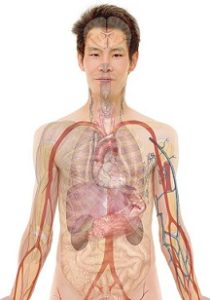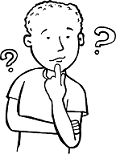Maths and Science TIMSS, Post
- On Aug, 30, 2018
- Mary Keating
- Blog
Maths and Science, TIMSS
Looking over the Maths and Science, TIMSS Reports for 2011 — They give us the long range view of student progress. TIMSS stands for Trends in International Mathematics and Science Study. Discussion of the Report can be found at: http://www.acola.org.au
Call science what it is! It’s not so hard!

Overall improvement
There’s been an overall lift in student scores in Australia since 2011. However, the TIMSS Report for 2011 states:
“…there are serious concerns with respect to primary school teachers’ level of science and mathematics training, and some teachers’ confidence and capacity to deliver lessons in these areas.”
It refers to Australian primary school teachers.
The overall scores are similar in the 2015 TIMSS Report.
In respect of Australian teachers in both primary and secondary schools, Government reviews have acknowledged the decline in student involvement and results in science and maths. These reviews have consistently called for policy interventions that include:
1 — improving science literacy,
2 — partnerships between schools and industry,
3 — new science equipment, and
4 — careers education.
The results are:
- >>In 2011, 55% of Year 4 students like science and 25% say so in Year 8.
>>In 2011, 45% of Year 4 students like maths and 16% say so in Year 8.
International averages also decline
Australia’s students like science and maths a lot less by Year 8. In 2018, progress has been made in regard to No 2 and 4 above. No 3 depends on government funding. (Tutoring Primary can speak to No 1 and do so below.)
Some contradictions exist. Enquiry learning features large in the recommendations of the Report. Australia’s teachers have been at the forefront in promoting enquiry learning for students. And yet, the TIMSS Report states schools and teachers are bogged down by their continuation of “traditional teaching approaches”. The Report also claims that
- traditional methods of system-wide assessments underpin older teaching methods; and
- the continued use of teachers not trained to teach maths is holding back student performance.
 So, while spearheading change in Australia and on the international teaching scene, Australian teachers must do more to progress in teaching methods. Mmmm!
So, while spearheading change in Australia and on the international teaching scene, Australian teachers must do more to progress in teaching methods. Mmmm!
Other Factors
A notable cause for concern in the Report is the standard of Science teaching in Australian primary schools. Less than 9% of teaching time (some states of Australia) is allocated to science. Increase the time allocation and teachers may meet the requirement.
Literacy has an important part in science: The purpose of learning to read and write is to get to the heart of discovery quickly. Enquiry learning is very important but also time-consuming. Why re-invent the wheel!
There are many literacy lesson packs on this site. Many have a science context. They are largely pen and paper activities with a practical activity where possible. These units of work can help lay down basic knowledge before or alongside enquiry tasks.
Links: “Mega-Muscles” Science Literacy Grade 6 , “My Pet Pig” Literacy, Grade 4, “Water – Aquatic Biomes” Science Grade 5, 6, “Cloud Spotting” Science Literacy Grade 3, “Buzz and Hum” Literacy Grade 2
Fair use/dealing claimed for illustrations.